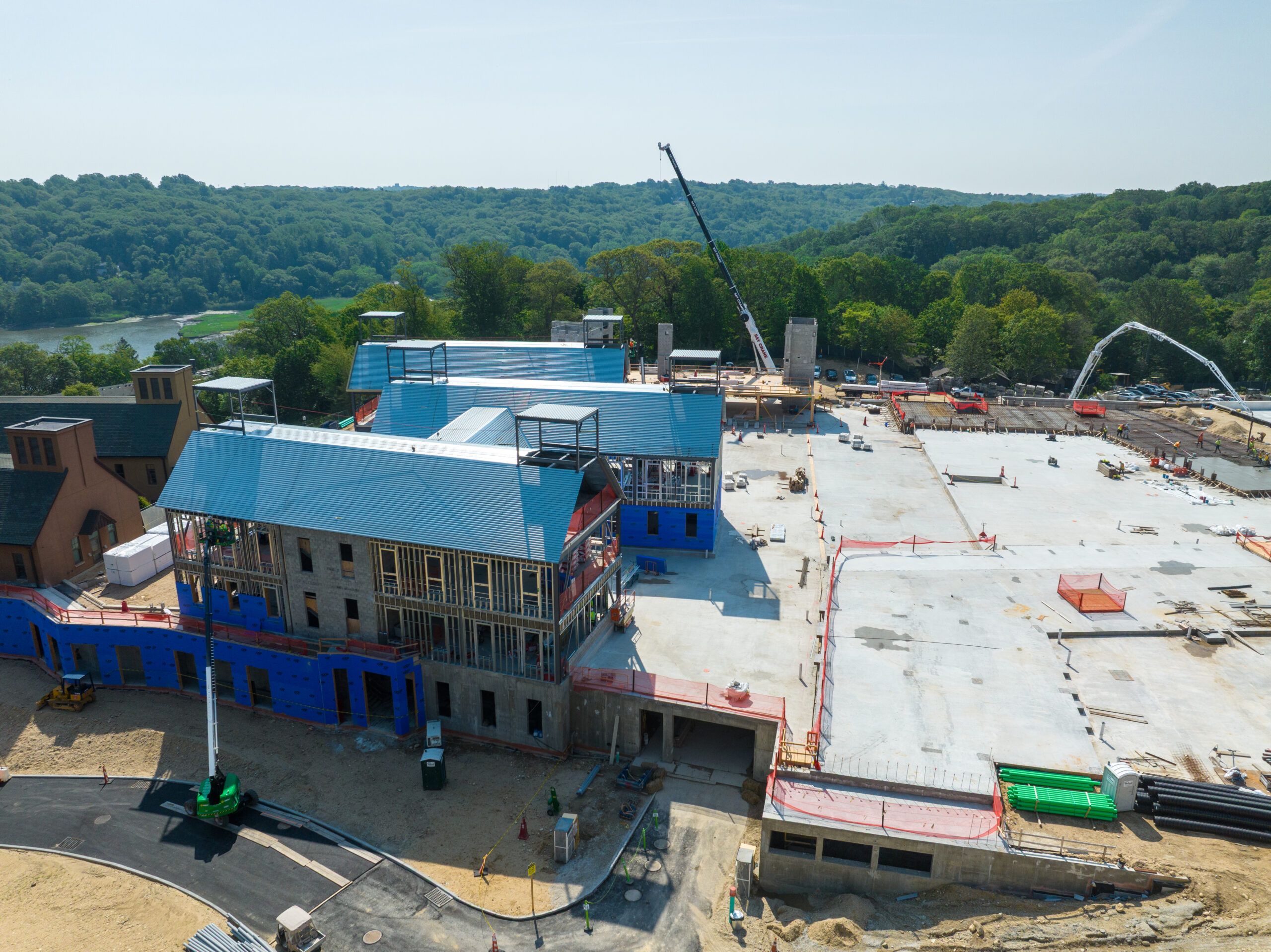A switchboard is the heart of a home’s electrical system, yet it is often overlooked when considering household safety. Many homeowners assume that their electrical setup is in good condition if their lights turn on and appliances work. However, a faulty or outdated switchboard can pose serious risks, from unexpected power failures to life-threatening electrical hazards. Without proper switchboard maintenance, hidden faults within the switchboard can escalate, putting residents in danger.
Understanding the potential dangers of a malfunctioning switchboard is crucial for maintaining a safe home. Issues such as flickering lights, frequent power trips, or overheating components are often warning signs of deeper problems. Ignoring these indicators can lead to fire hazards, electric shocks, or costly appliance damage. In this article, we’ll explore the common signs of a faulty switchboard, its dangers, and why prompt professional intervention is essential to protecting your household.
Understanding the Role of a Switchboard
A switchboard is the central hub of a home’s electrical system, distributing power to different circuits, including lighting, appliances, and power points. It ensures electricity flows safely and efficiently, directing it where needed while preventing overloads.
Modern switchboards are designed with built-in safety features, such as circuit breakers and Residual Current Devices (RCDs), which help protect against electrical faults. However, older switchboards may lack these critical safety mechanisms, making them more susceptible to overheating, electrical fires, and power failures. As households increasingly rely on high-powered appliances, an outdated switchboard may struggle to meet demand, increasing the risk of electrical hazards.
How It Works
The switchboard manages the distribution of power to different circuits. Each circuit is protected by either a fuse or a circuit breaker, designed to cut off power if an electrical fault occurs. This prevents wires from overheating and reduces the risk of fires.
A well-maintained switchboard ensures a consistent and stable voltage supply, preventing power fluctuations that can damage appliances. In contrast, a faulty switchboard may fail to regulate power properly, leading to frequent circuit trips or even complete system failure. Regular inspections help ensure the switchboard operates safely and efficiently, protecting both residents and electrical devices.
Common Indicators of a Faulty Switchboard
Flickering Lights
Flickering or dimming lights can indicate an issue with the switchboard, often caused by:
- Loose wiring connections: Poor electrical contacts within the switchboard can result in an unstable power supply.
- Overloaded circuits: If lights dim when large appliances are switched on, the switchboard may not be handling the electrical load efficiently.
- Ageing components: Older switchboards may struggle to maintain consistent voltage, leading to flickering lights.
Ignoring these signs can increase fire risks and lead to more serious electrical faults. If flickering lights become frequent, it’s essential to have the switchboard inspected by a professional.
Frequent Power Trips
Frequent power trips often indicate an underlying issue with the switchboard. Common causes include:
- Overloaded circuits: The switchboard may not be able to handle the increasing number of appliances in modern homes.
- Faulty circuit breakers: Worn-out breakers may trip too often, even under normal electrical loads.
- Electrical faults: Short circuits or deteriorating wiring within the switchboard can trigger repeated power cuts.
While occasional trips are normal, frequent occurrences suggest the switchboard is struggling to regulate power effectively. If power trips become routine, a professional assessment is necessary to identify whether repairs or a full switchboard upgrade are needed.
3 Potential Hazards of a Faulty Switchboard
#1 – Fire Risk
A faulty switchboard significantly increases the risk of electrical fires, often due to overheating, poor wiring connections, or outdated components. If a switchboard struggles to distribute electricity efficiently, wires can become excessively hot, leading to insulation breakdown and, in some cases, ignition.
Older switchboards that rely on ceramic fuses rather than modern circuit breakers are particularly vulnerable. These fuses can overheat and fail to disconnect power in time to prevent a fire. Additionally, corrosion or loose connections inside the switchboard can generate sparks. Any signs of burning smells, scorch marks, or heat around the switchboard should be addressed immediately.
#2 – Electrocution Risk
A faulty switchboard can expose residents to the risk of electric shock, particularly if protective mechanisms such as Residual Current Devices (RCDs) are missing or malfunctioning. RCDs are designed to cut power instantly when they detect an electrical fault, but older switchboards may not include them.
Loose wiring, exposed metal components, or moisture ingress within the switchboard can increase the likelihood of electrocution. This risk is especially high in homes with ageing electrical systems that haven’t been updated to meet modern safety standards. Ensuring your switchboard is in good working condition is essential to preventing serious injury or fatal accidents.
#3 – Appliance Damage
A malfunctioning switchboard can lead to unstable power distribution, causing voltage fluctuations that damage household appliances. Sudden power surges or drops can shorten the lifespan of electronic devices, leading to costly replacements. Sensitive appliances, such as computers, televisions, and refrigerators, are particularly vulnerable to irregular power supply, which is why DC Power supplies are essential for maintaining consistent and reliable operation.
If your switchboard fails to regulate electricity properly, you may notice frequent appliance failures, overheating, or unexpected shutdowns. Addressing switchboard faults early can prevent irreversible damage to expensive electronics and ensure a stable power supply throughout your home. Regular maintenance helps safeguard both appliances and the overall electrical system.
The Importance of Prompt Action
Preventing Long-Term Damage
Addressing switchboard issues promptly can prevent minor electrical faults from escalating into major and costly problems. Over time, faulty wiring, corroded components, or an overloaded system can cause extensive damage to a home’s electrical infrastructure. If left unchecked, these issues may lead to circuit failures, fire hazards, or the need for a complete rewiring of the property.
Upgrading or repairing a switchboard before problems worsen is far more cost-effective than dealing with system failures or damaged appliances. Regular inspections ensure that faults are identified early, helping homeowners avoid the inconvenience and expense of unexpected power outages or dangerous electrical malfunctions.
Maintaining Home Safety
A well-maintained switchboard is essential for ensuring the safety of everyone in the home. Faulty switchboards can lead to electric shocks, fires, or power surges that damage essential household devices. Immediate action can prevent these hazards, reducing the risk of injury or property damage.
Many home insurance policies also require that electrical systems, including switchboards, meet safety standards. Failure to maintain the switchboard could result in an insurance claim being denied in the event of an electrical fire. Proactively maintaining your switchboard ensures your home remains safe, compliant with modern regulations, and protected against preventable electrical risks.
Ensure Your Switchboard is in Working Condition Today
A switchboard is a critical component of a home’s electrical system, ensuring safe and efficient power distribution. Ignoring signs of faults—such as flickering lights, frequent power trips, or overheating—can lead to serious hazards, including fire risks, electrocution, and appliance damage. Regular inspections and timely upgrades are essential to keeping your home’s electrical infrastructure secure and reliable.
Taking prompt action when issues arise not only prevents costly repairs but also safeguards your household from potential dangers. By ensuring your switchboard is well-maintained and up to modern safety standards, you can protect your home, appliances, and loved ones from avoidable electrical risks.












